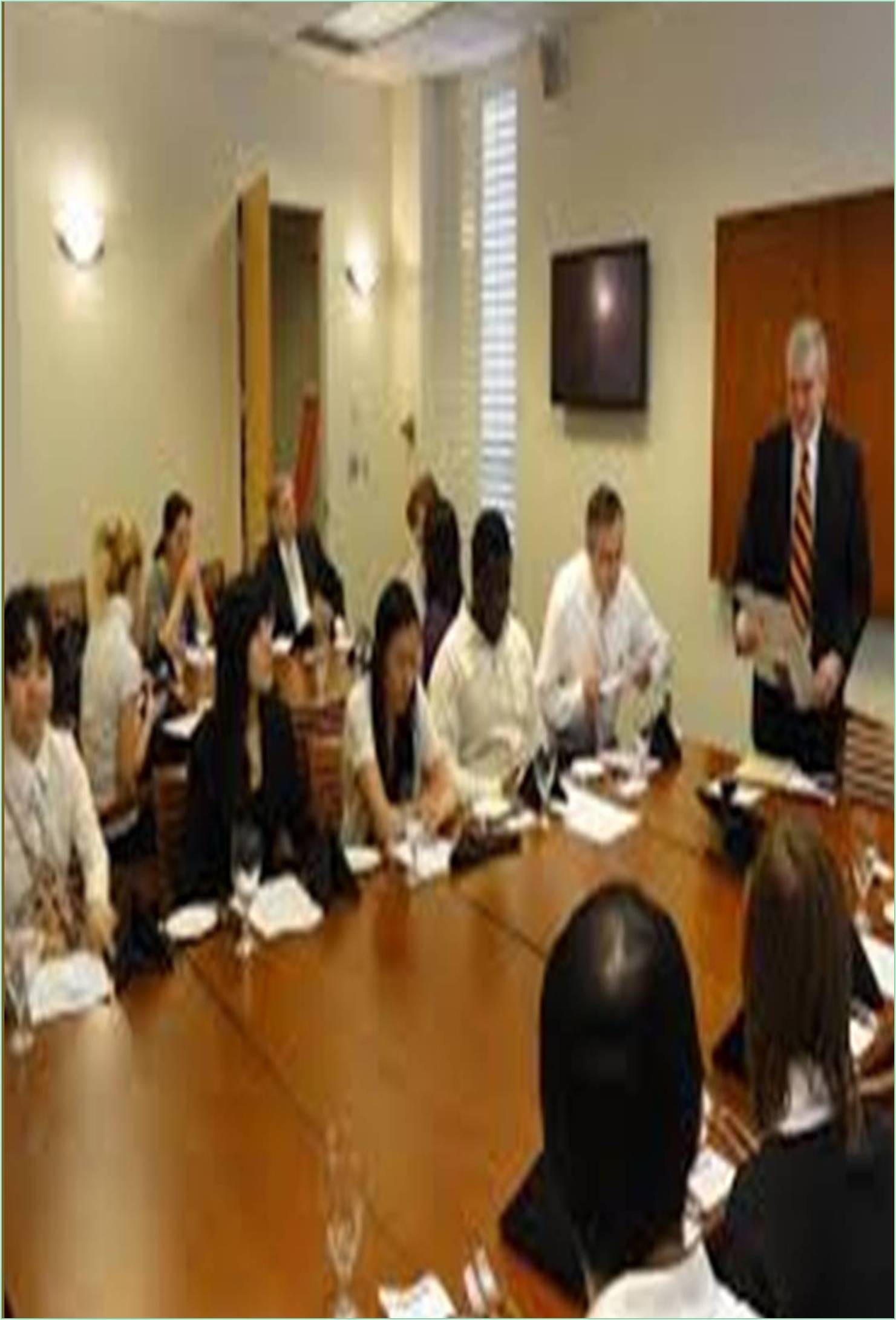



Received: 01-Jul-2022, Manuscript No. JEAM-22-72706; Editor assigned: 04-Jul-2022, Pre QC No. JEAM-22-72706 (PQ); Reviewed: 18-Jul-2022, QC No. JEAM-22-72706; Revised: 25-Jul-2022, Manuscript No. JEAM-22-72706 (R); Published: 01-Aug-2022, DOI: 10.15651/2465-7204.22.8.007
The education process has a significant impact on raising awareness and implementing reforms for the effective operation of government. Education, as it is known, is the formal process by which society transmits its accumulated knowledge, skills, customs, and values from one generation to the next, for example, through schooling. The world is currently confronted with new challenges and a perception crisis, which are influenced by a variety of factors such as the global economic crisis, the trend toward European integration, and globalization. Furthermore, educational reforms aim to pursue and achieve high-quality education and training beyond high school. Science's rapid advancement and the advancement of new modern technologies are also important. Such factors have varying degrees of influence in different countries and social groups. In this case, communication with the public administration, communication with various groups of citizens, communication with the media, citizen participation in policy making, decision-making, and control processes are all important elements of each company in adjusting democratic concepts as well as for the overall development of society. (Arbuthnott,2016).
Transparent and Democratic Functioning of Public Administration
In modern times, the transparent and democratic function of public administration is a very complex process, with many parallel activities. The term "public administration" refers to two distinct but closely related activities: a professional practise (vocation, occupation, or field of activity) and an academic field that seeks to understand, develop, criticise, and improve that professional practise, as well as to train individuals for that practise. The term's basic meaning is straightforward: On the one hand, it refers to the administration or management of matters that are not primarily private, familial, commercial, or individualistic, and on the other, it refers to the systematic investigation of such themes. In its most basic form, public administration is concerned with the management of governmental and other public activities. This simple definition captures the essence of public administration and likely encompasses the vast majority of current public administration activities and concerns (Jeon, 1999).
The proper operation of government is normal, and it cannot be imagined without citizens' participation in all existing activities. As a result, citizens' interest and participation in all activities should be prioritised. However, based on existing data from various media, it is concluded that citizens approach changes differently, particularly in transitional countries. Thus, in some municipalities of the Republic of Macedonia, two opposing viewpoints can be found: The majority of citizens regard their participation in consultation and decision making processes as pointless because they do not believe their opinions are taken into account (John, 2013) Others believe that their participation in decision making processes is pointless unless it benefits them personally. This negative conclusion is not arbitrary, because this case is directly related to citizen’s knowledge of how government works. It is about providing needed information to citizens, informing them about administrative procedures, data access, and concrete motivations. These acts must be upheld indefinitely, keeping them separate from cases where there are already disagreements or complaints. It is worth noting that in most developed countries, this system of public administration operation predates countries in transition. As an example, consider Sweden, which implemented this method of public administration functioning at the beginning of the nineteenth century. The same system was adopted in the United States in 1966, and it was later developed in other countries (Kahneman, 1979).
It is essential for governments and their administrations to be professional and open in order to effectively carry out their duties and adequately inform and consult citizens. Greater citizen involvement in public life, particularly in decision making, affects the growth of citizen’s equality and, as a result, gives them greater legitimacy in decisions made by the public administration. It is worth noting that citizens should be involved in all processes, beginning with the decision making process, because their behaviour and implementation affect citizen’s engagement in a civil society (Rama, 1999).
Arbuthnott KD, Scerbe A (2016). Analyses of Social Issues and Public Policy. 16(1): 175–192. [Crossref] [Google Scholar]
Jeon DS, Laffont JJ (1999). The Efficient Mechanism for Downsizing the Public Sector. World Bank Econ Rev.13(1): 67-88. [Crossref] [Google Scholar]
John P (2013). All tools are informational now: How information and persuasion define the tools of government. Policy & Politics. 41(4): 605–620. [Crossref] [Google Scholar]
Kahneman D, Tversky A (1979). Prospect theory: An analysis of decision under risk. J Econom Society. 47(2): 263–291. [Crossref] [Google Scholar]
Rama, Martin (1999). Public Sector Downsizing: An Introduction. World Bank Econ Rev.13(1): 1-22. [Crossref] [Google Scholar]